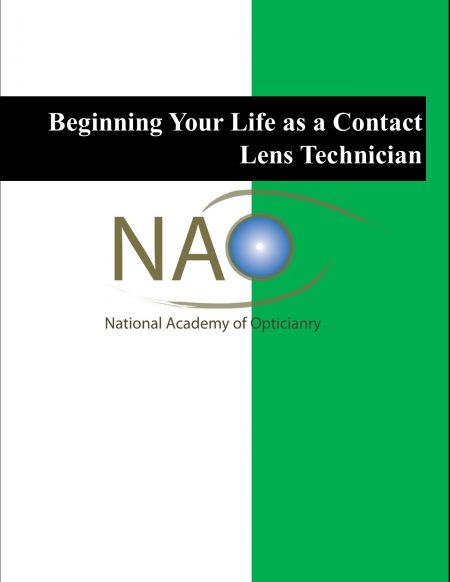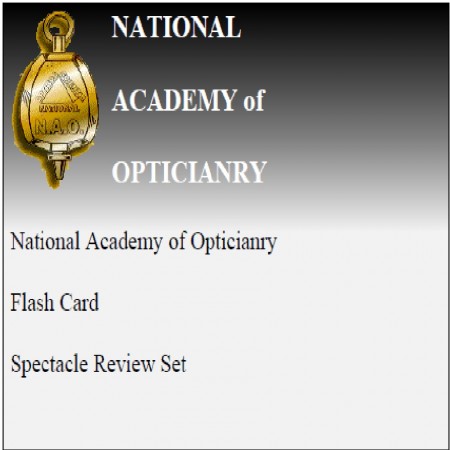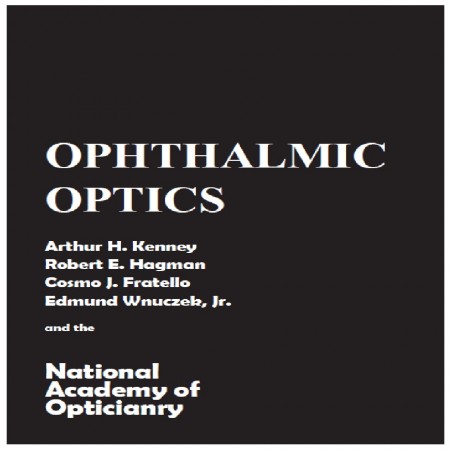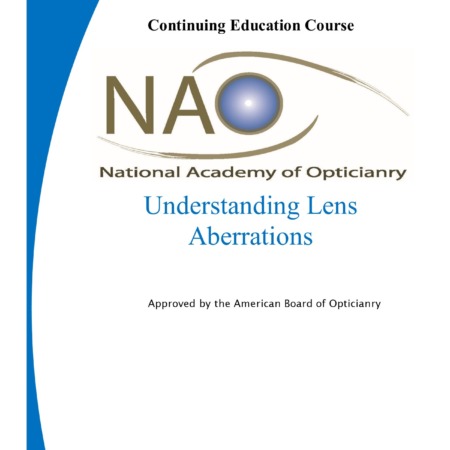Description
NCLE Beginners Teaching Tool: Beginning your Life as a Contact Lens Technician (#CL BEGINNING)
Updated 2020
(The following is a random selection of text from Beginning Your Life as a Contact Lens Technician)
…aspheric, and newer designs yet, including wavefront technology. They also include various polymers.
Most soft contact lens designs utilize some type of simultaneous vision. These lens designs allow both near and distant images to focus on the retina at the same time. It also requires that the patient (or rather the patient’s brain) learn to suppress the image that is not being viewed. For instance, while viewing a distant image, the brain will focus the distant image and suppress the near image, and while viewing a near image, the brain will suppress the distant image and focus on the near image.
Simultaneous lens designs can be concentric with either distance or near in the middle, a multiple zone concentric design with alternating zones or a progressive lens with a gradual change in power from distance to near.
In being successful as a soft multifocal contact lens fitter, it is best to understand the realistic expectations of your patient and educate them, accordingly.
Because contact lens technology is changing constantly, with new materials and even newer designs, I’m going to discuss only a few, keeping in mind that as this course is published, there will be new designs already. Never stay locked into only one design or concept for fitting your patients.
Concentric designs can be with two distinct zones. One may be with center near, and the other center distant. Other designs of concentric multifocals may utilize multi-zone concentric designs.
Aspheric multifocals are generally referred to as progressive design multifocals. Oftentimes, a front-surface aspheric will be a center near design, while a back-surface aspheric will be a center distance design.
To improve near vision
These are just some fitters’ experiences. You may find other methods that work for you, but we have to have a starting point. With patient viewing binocularly, determine the amount of additional plus, or less minus power for one or both eyes that provides satisfactory near vision. With this over-refraction in place, re-check acuity and quality of binocular vision at distance. If distance vision is no longer acceptable, reduce the plus over-refraction for one or both eyes, rechecking near vision after each step.
To improve distance vision
With patient viewing binocularly, determine the amount of additional minus, or less plus power for one or both eyes that provides satisfactory distance vision.
With this over-refraction in place, re-check acuity and quality of binocular vision at near. If near vision is no longer acceptable, reduce the minus over-refraction for one or both eyes, re-checking distance vision after each step.
0.25 D increments can dramatically improve visual quality…







